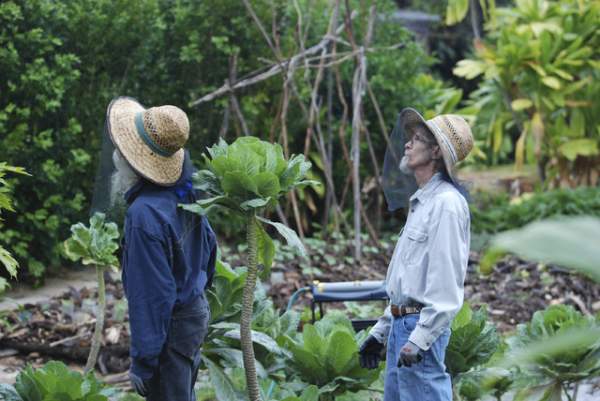-
Tips for becoming a good boxer - November 6, 2020
-
7 expert tips for making your hens night a memorable one - November 6, 2020
-
5 reasons to host your Christmas party on a cruise boat - November 6, 2020
-
What to do when you’re charged with a crime - November 6, 2020
-
Should you get one or multiple dogs? Here’s all you need to know - November 3, 2020
-
A Guide: How to Build Your Very Own Magic Mirror - February 14, 2019
-
Our Top Inspirational Baseball Stars - November 24, 2018
-
Five Tech Tools That Will Help You Turn Your Blog into a Business - November 24, 2018
-
How to Indulge on Vacation without Expanding Your Waist - November 9, 2018
-
5 Strategies for Businesses to Appeal to Today’s Increasingly Mobile-Crazed Customers - November 9, 2018
Mapping Zika with Google
By having Google’s vast processing capacity and many other technological advantages, researchers would have a better shot at finding the reason for the Zika virus widespread. A volunteer team of data scientists, engineers and designers from the company has begun working with UNICEF officials to build an open-source platform for collecting and processing Zika-related data from different sources.
Advertisement
The tech giant announced Thursday it has teamed up with UNICEF to analyse data about the virus to determine how to map and anticipate the virus.
The virus, which has been linked to the birth defect microcephaly, is projected to reach the continental United States by June or July because its carrier, Aedes mosquitoes, could arrive as early as April or May.
The rapidly spreading Zika virus, which has affected more than 20 Latin American countries, is suspected to be the cause of a sudden increase in cases of neonatal microcephaly, a severe deformation of the brain and skull among newborns. Last month, the World Health Organization declared a public health emergency. Scientists found that 42 people were diagnosed with GBS during a Zika outbreak in French Polynesia, and patients displayed possible symptoms of the virus. They said much more research is needed to learn whether the Culex mosquitoes can transmit Zika infections. With the updated search, more information on Zika virus will be given in 16 additional languages that offer summary of virus, symptoms and current public health alerts.
“Ultimately, the goal of this open-source platform is to identify the risk of Zika transmission for different regions and help UNICEF, governments, and NGOs decide how and where to focus their time and resources”, affirmed Google.org director Jacquelline Fuller. These tools, which are also designed for future emergencies, could help the response units and organizations to efficiently use their time and resources.
When it comes to making Zika virus information more accessible, Google already made notable efforts.
Already, Google has been providing US users with information about more than 900 health conditions. Unlike other global pandemics, the spread of Zika has been harder to identify, map and contain, Google’s Fuller said. Google is also working with popular YouTube creators, including Sesame Street, to raise awareness about Zika.
Advertisement
The $1 million donation is expected to be used to help UNICEF inform the public about the virus, develop vaccines and exterminate mosquito populations.





























